|
It was another humid Florida Keys day, with record setting heat, when a naturalist friend alerted me to a very rare bird sighting. The tip came from a true photo enthusiast, who sadly possessed only an iPhone. I gathered up my professional photo gear and showed up in the hopes of getting a shot. OK… Though most of my photo archive consists of photos of birds flying away, I am optimistic. The first rule of photography… always have your camera ready so you can be there to get the shot. The thing about the iPhone is you will definitely have it when something happens, and though they are amazing, they fall short on details. The rare birds were a pair of Black Swan (Cygnus atratus) which had been parading back-and-forth in a small cove on the Atlantic side of North Key Largo. The second rule in photography, is you have to be lucky; I was pleased when the swans decided to come to the shore and greet me. My friend called me a “swan magnet.” These birds possessed no fear at all. Was it the bold blue hydrangea print dress I was wearing, or maybe I represented a source of food, as people tend to befriend wildlife in nature. I lingered for the best part of an hour, took dozens of swan portraits, before they retreated offshore as the tide was going down, and more feeding grounds opened up on the flats. It was a breathtaking scene, with Carysfort Lighthouse on the distant horizon, sport fishing yachts and sailboats passing by, and even some paddle-boarders moving through. From time to time I would see a flash of white feathers, as they dunked and bobbed, but wasn’t sure where on their body, as they were so far away. Ecstatic that I had been able to witness such a beautiful display of nature, I headed home, eager to share my discovery with my husband, whose first reaction was, “oh that’s very bad.” Huh? I was more thinking this was a gift, and I was blessed to witness it. As a child, I recall seeing White Mute swans paddling in the canal behind our home off East Las Olas in Ft. Lauderdale. We’d feed them scraps of bread and enjoy their presence, but one day these graceful creatures, whose only predators are birds of prey, mysteriously disappeared, amidst rumors of foul play. Maybe that’s what my husband was thinking about… that humans can be so cruel sometimes? I later returned to the cove, and they were still there, but a Great Blue heron had now befriended them, and they were happily feeding side-by-side. I thought for a moment, how is the Blue heron reacting to these strangers? Has it ever seen a Black swan, with a long neck such as this? All of a sudden one of the swans fluttered up and revealed a beautiful white underside to an otherwise black feathered body. I captured many images of these swans, both close-up, and far away… so much for my theory about birds flying away! I logged a few photographs on iNaturalist (www.iNaturalist.org) to confirm the identity and search for places where Black swans had been observed; the closest to the Keys was Fort Lauderdale, but very few overall had been reported. There are estimated 500,000 Black swans in the entire world. The Black swan is a non-native species, and there are no breeding populations in this area, They are migratory, and their origin is southeast and southwest regions of Australia. Florida is home to three species of swan: the Mute swan, the Trumpeter swan and Whooper swans. Factors that may have attracted the Black swans to this area include the search for more abundant food options, and migration patterns. They are typically found near lakes and ponds, with fresh water and cover needed to survive, but they frequent brackish environments during migration times when resources become scarce elsewhere. 80% of a swans diet consists of plant based food sources, but they will also eat small fish, mollusks, insects, crustaceans and worms when available. While online, I checked my email, and my husband had sent me info about the “black swan theory”, often used as a metaphor for an unexpected event, that plays a dominant role in history. Up until a Dutch explorer in 1697 discovered Black swans in Australia, people thought that only white swans existed. In the financial world, a black swan event is seen as an event that negatively impacts the stock market, catching investors off guard. Recent examples include the dot.com stock market crash, and the housing crisis that caused recession. Hope that as I stand in proximity of a ga-zillion dollars worth of real estate, their rare visit is not a forewarning of some future event.
2 Comments
Carol Ellis
8/6/2023 08:14:10 am
Thanks Vicky…. voice and vision are working together.
Reply
Leave a Reply. |
CAROL ELLIS
This photographic website provides me the opportunity for self-expression, for sharing Archives
May 2024
TAGS
All
|
© Copyright 2022. Carol Ellis Photography.
All Rights Reserved.


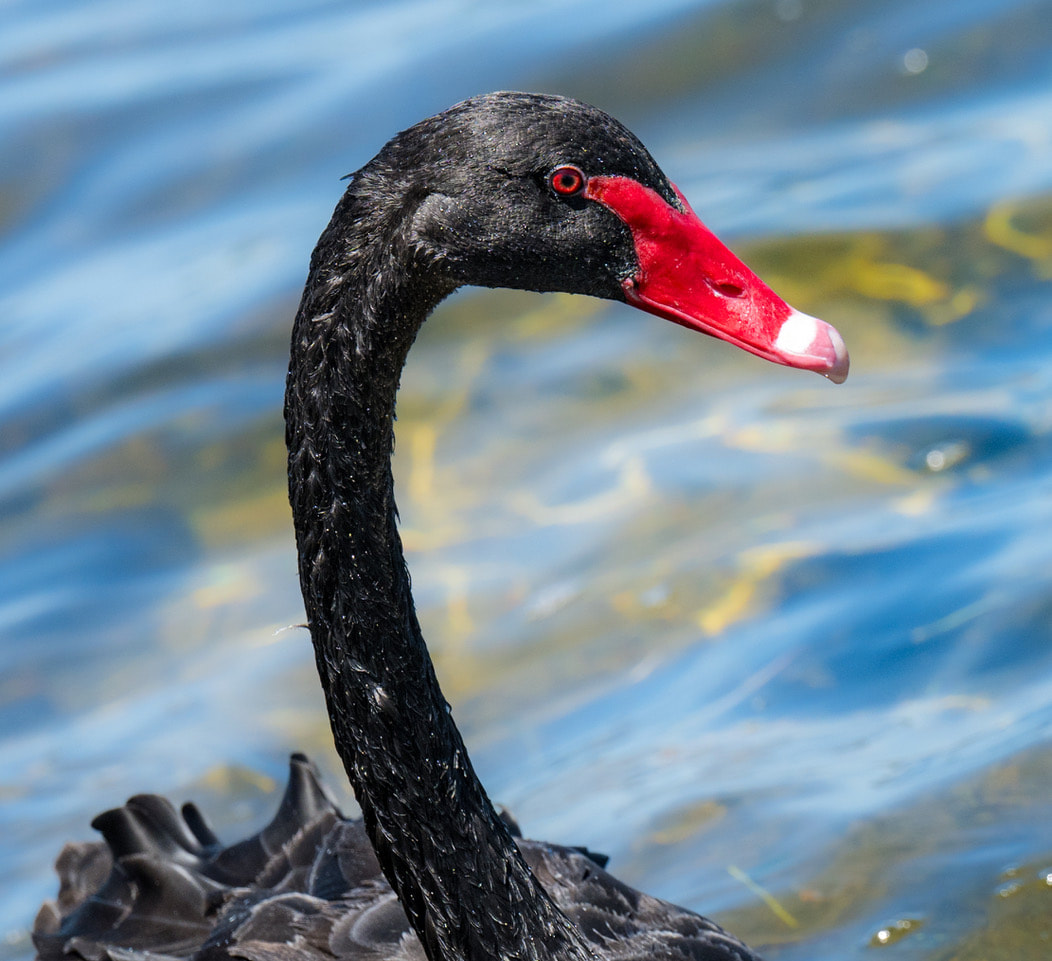
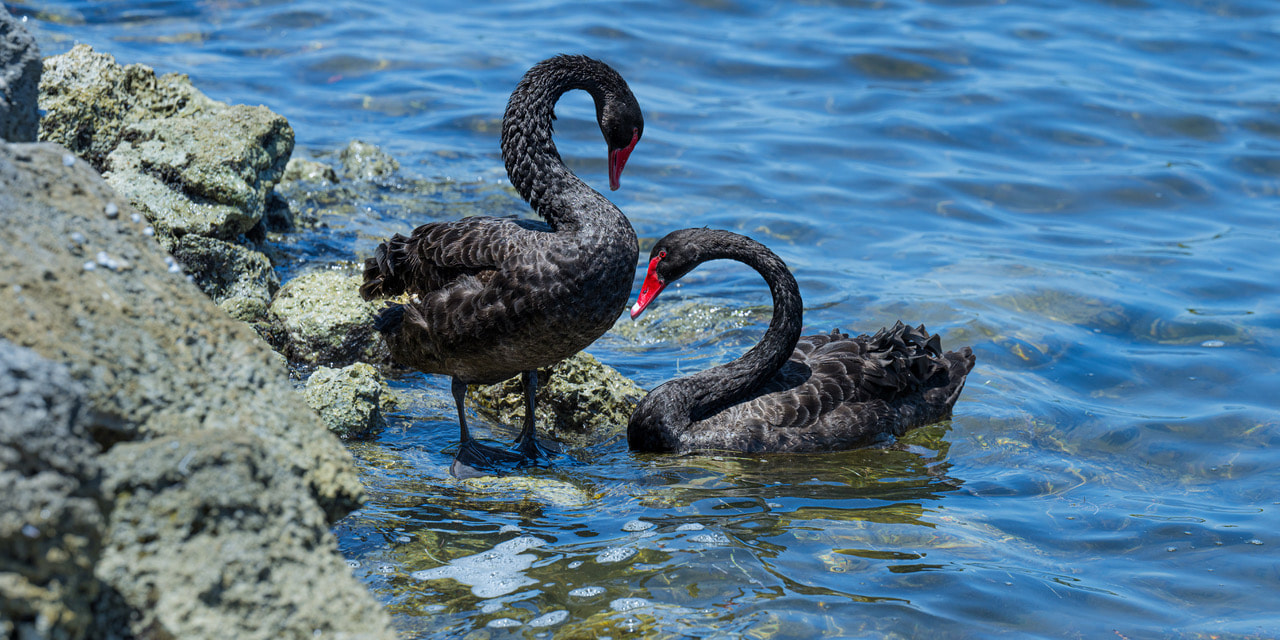
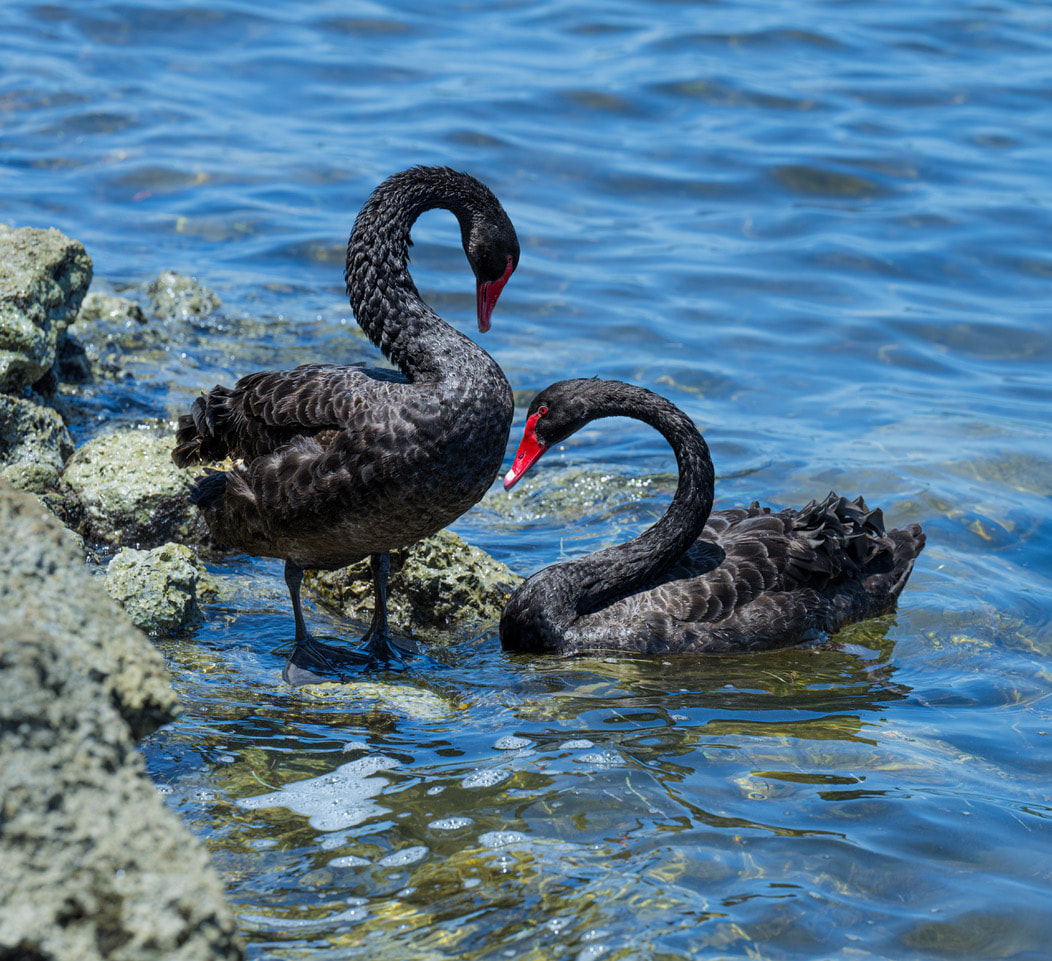
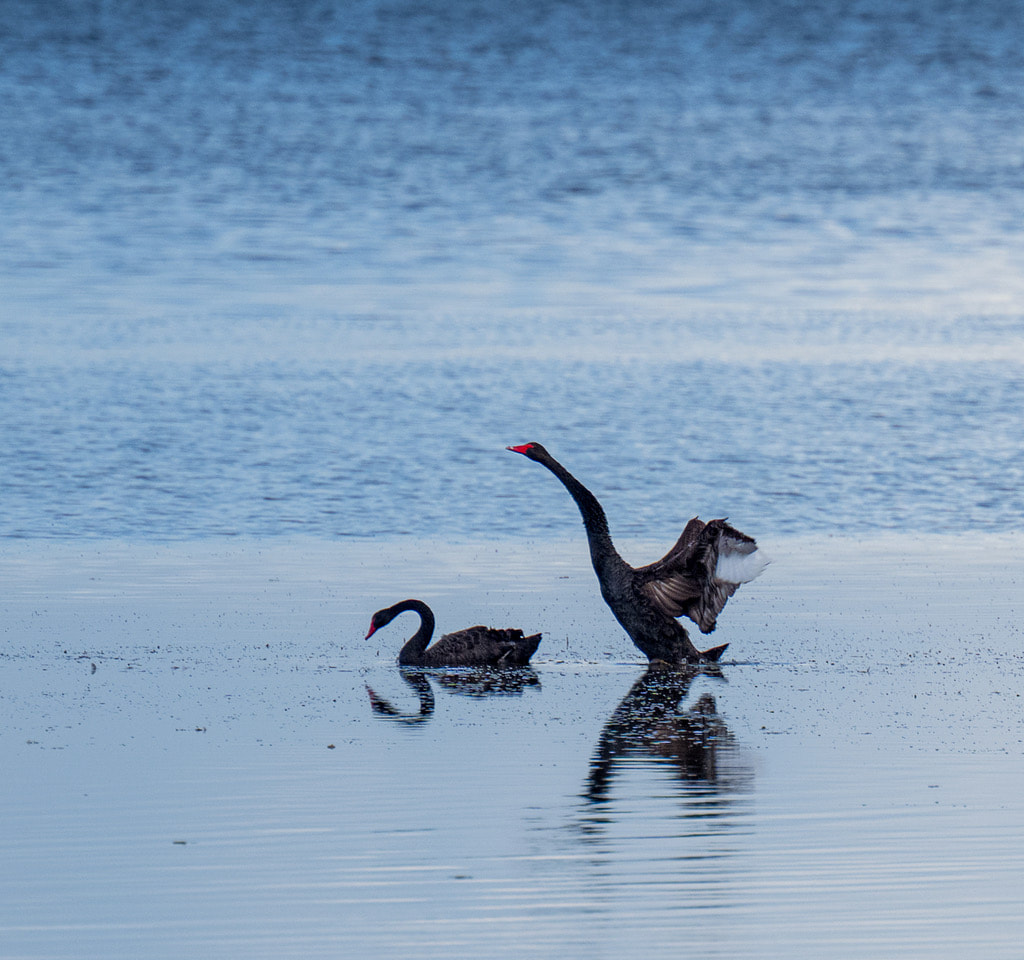
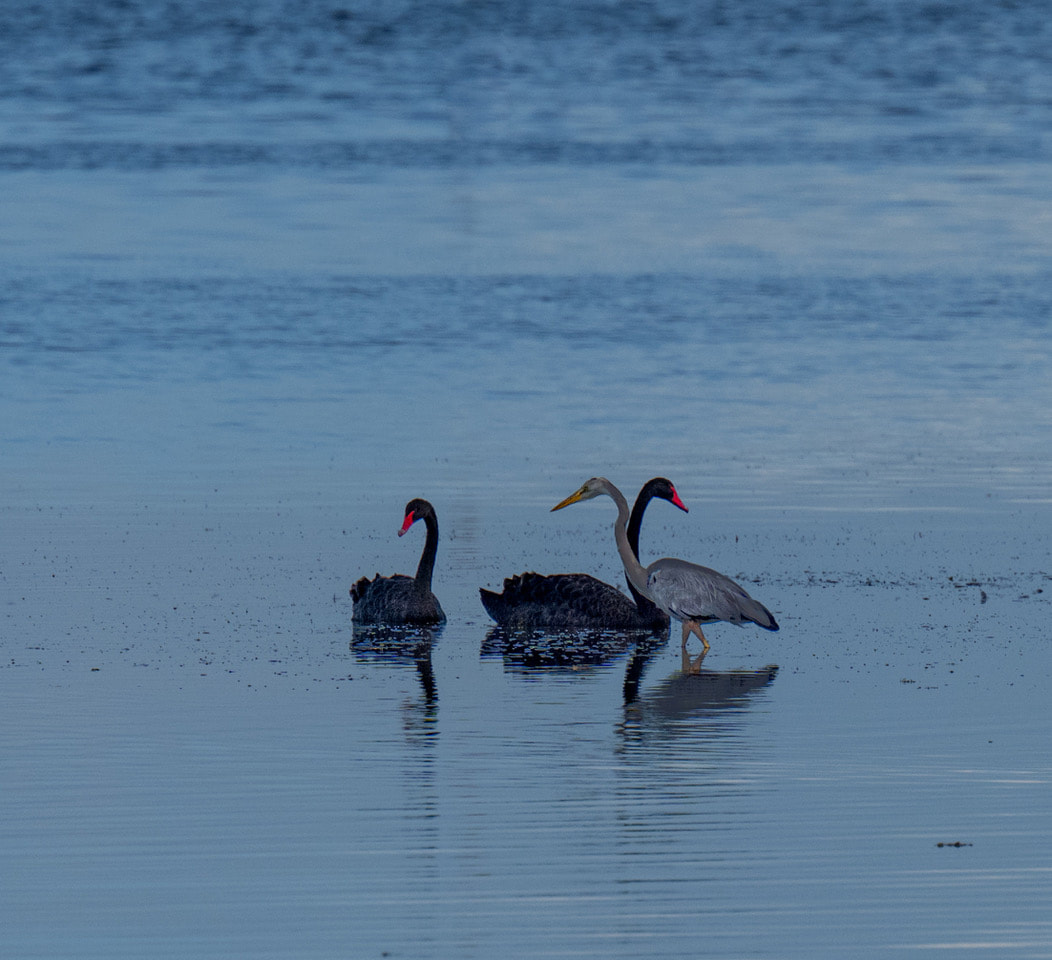
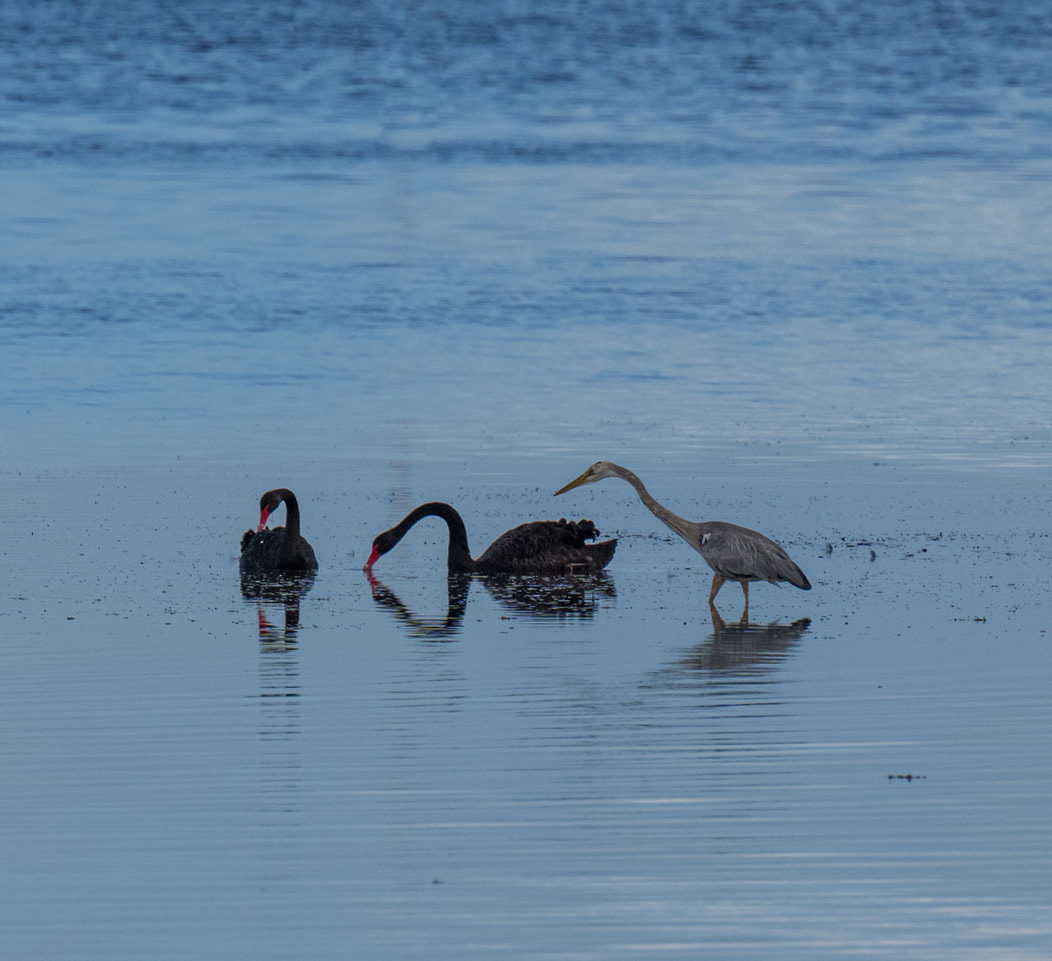
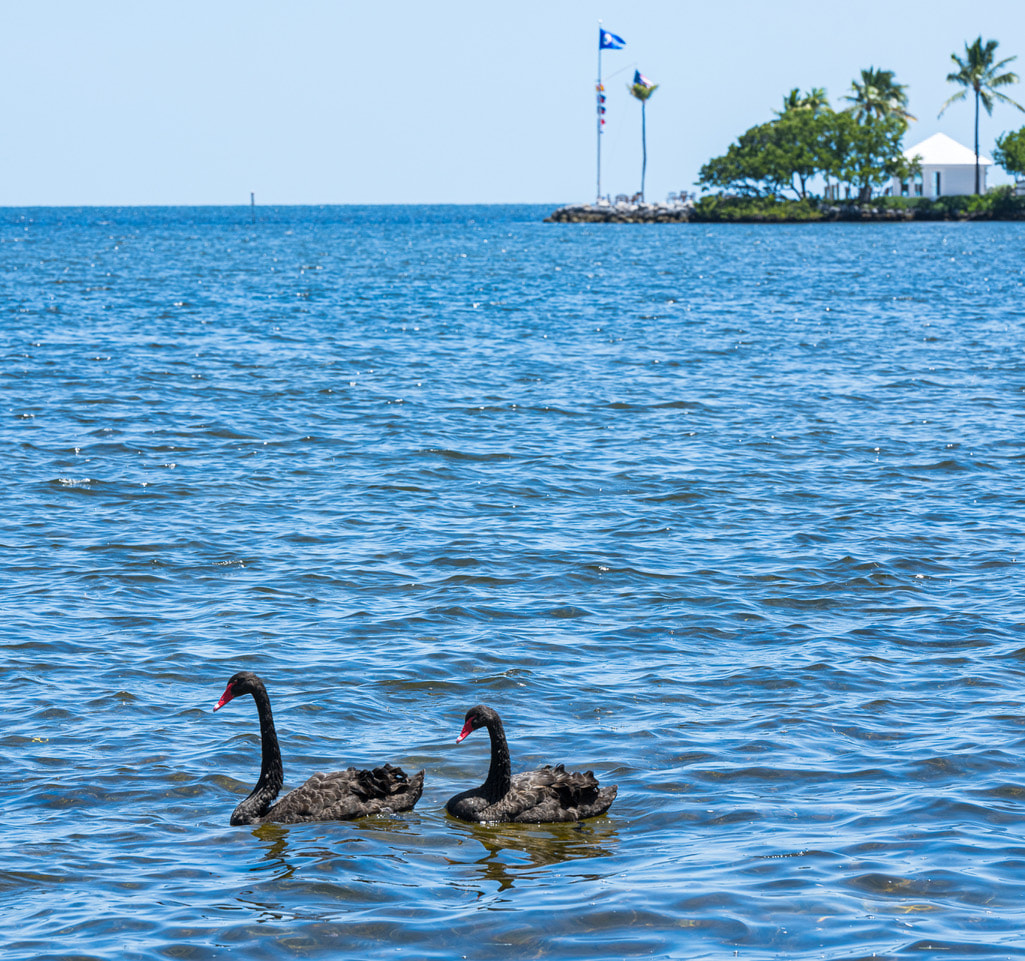
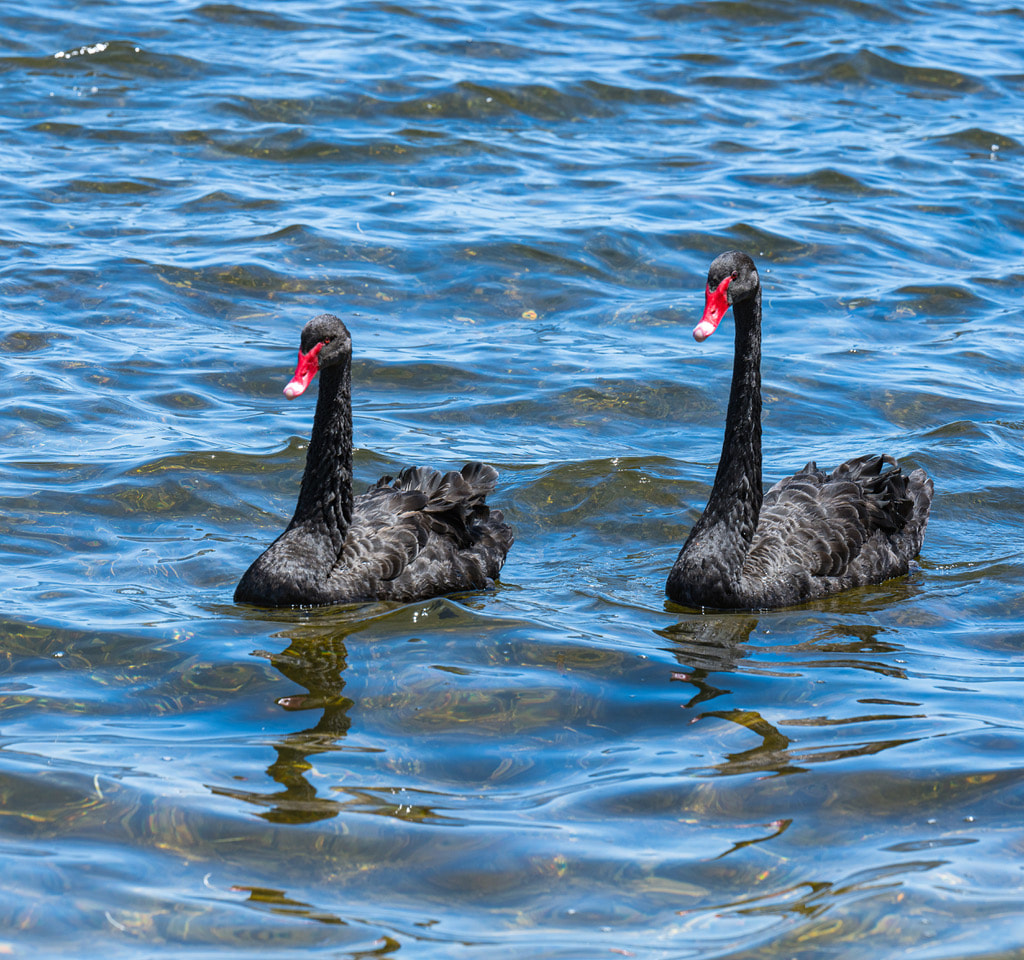
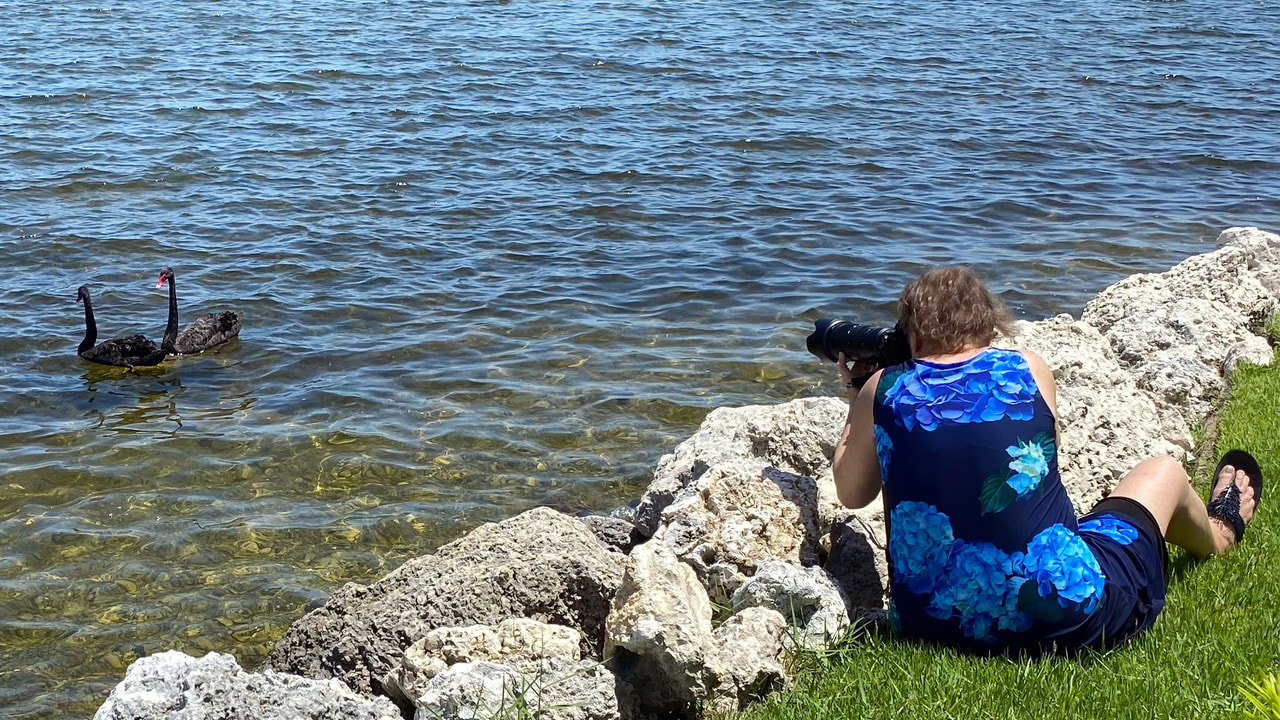
 RSS Feed
RSS Feed
